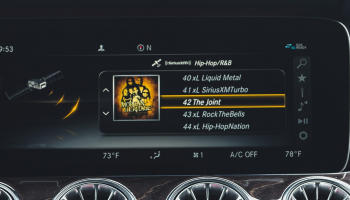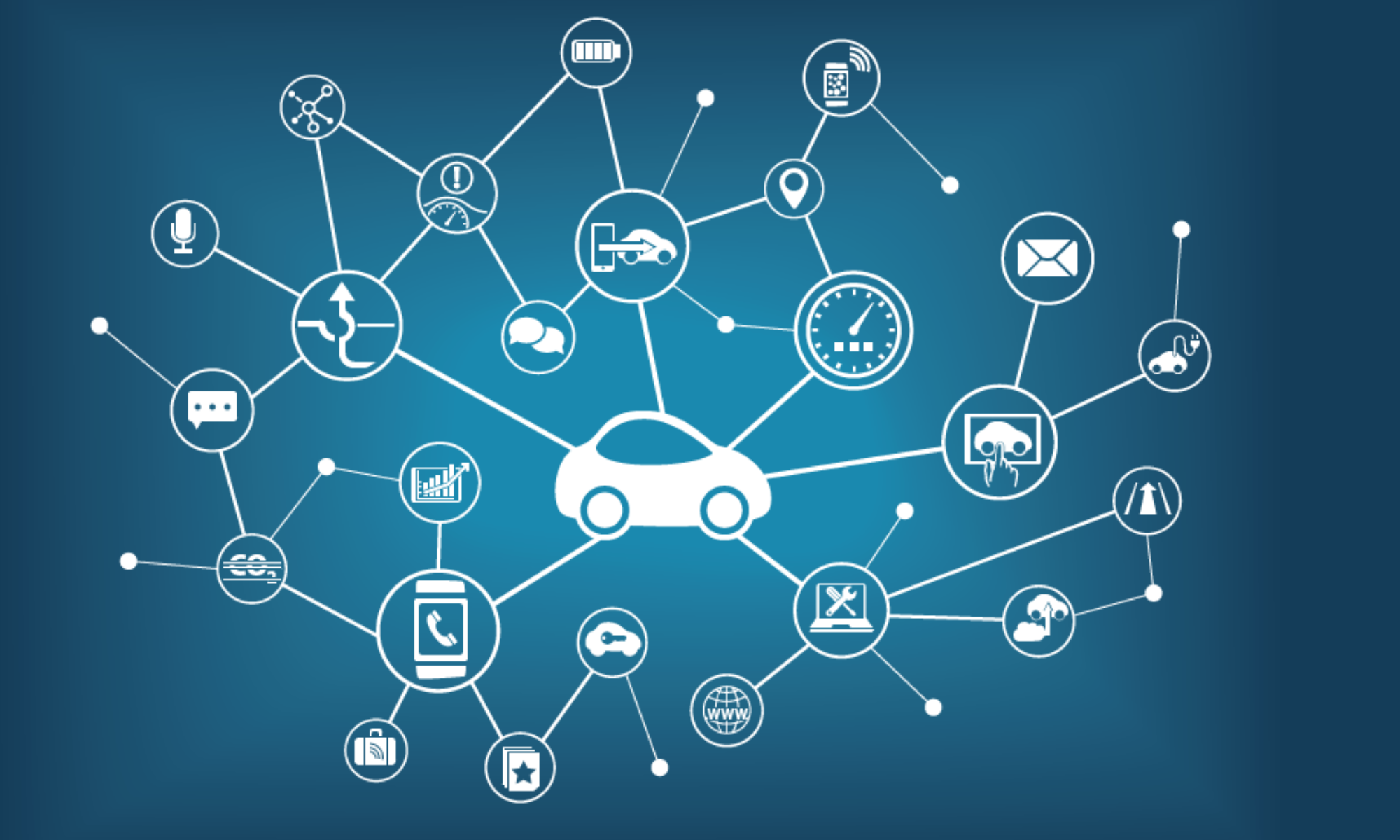October 27, 2020in Thought Leadership
by Greg Ross, Connected Vehicles Practice Lead, motormindz

According to a recent Forbes article, GM and Taco Bell demonstrated that it is possible to bring the same kind of measurement to old-school broadcast radio that has become an expected part of advertising in the digital age. In a recent test, GM paired anonymized in-car listening data with Taco Bell’s radio advertising data to determine what kinds of ads were most effective in driving traffic to Taco Bell stores. This is another great demonstration of the capabilities of a Connected Car. It is relevant, too, because the “Share of Ear” study for Q2 of 2020 points out that the great majority of in-car listening is still devoted to AM/FM Radio. With this news, it is interesting to think about what will likely come next.
Not just a “GM Thing”
GM certainly has a lead in the installation of Connected Car capabilities, beginning with the launch of OnStar all the way back in 1996. But nearly every other OEM is now in the process of launching their own built-in Telematics capabilities. So even if GM represents 50% of all 4G LTE capable vehicles on the road, as the article says, GM only has about 17% US market share. As other OEM’s roll out their Telematics capabilities, it will make more and more sense to develop a platform for radio-listening data for all makes. Advertisers and broadcasters will want to know about listening behavior regardless of the kind of car the listener is driving. It could be that GM is hoping to build a data-sharing platform in cooperation with other OEM’s. More likely, one of the emerging data aggregation platforms, such as Wejo or Otonomo (or both) will develop this as part of their platforms. DriveTime Metrics is a start-up that has demonstrated the potential for this kind of measurement for both advertisers and broadcasters.
Never Mind Taco Bell, What About Dealers?
Taco Bell was a logical test case for this technology. There are a lot of stores, and changes in the number of visits can be measured relatively easily. But Car Dealers should be asking when this tech will be used to measure and improve the effectiveness of their radio advertising? According to InsideRadio, local Dealers represented the number one category of radio advertisers in 2019, even after significant increases in spending by Insurance companies and others. Car Dealers, whether through their Dealer Councils, NADA, or individually, should be aware of the increasing availability of data from Connected Cars at all of the OEM’s. The data can be used to measure and improve radio ad effectiveness on New and Used Sales, Service, and Parts. It can also be used to help manage dealer inventories, track loaner fleets, improve customer retention, and to create value-added services. This announcement by GM is one more indication that the time is right for Dealers to become aware of the capabilities of ConnectedCars, and articulate a POV on the data and services they expect from their OEMs.
Targeted Radio?
This pilot test is really only an initial step toward making broadcast radio measurable and more targeted. With this demonstration, broadcasters and their advertisers can know that anonymous drivers of certain types of cars and trucks are listening, when they are listening, and approximately where they are listening. In order to know even more precisely who is listening and where, driver consent will be required — the equivalent of accepting “cookies” to enable tracking on websites. If web advertising is a guide, we can expect that OEM’s, Broadcasters, and their Advertisers will be working to develop incentives for drivers to accept individualized tracking. We may eventually see the ability to deliver more individualized radio content, based on the identity of the listener. I am sure that the National Association of Broadcasters, or NAB is busy imagining the possibilities.
